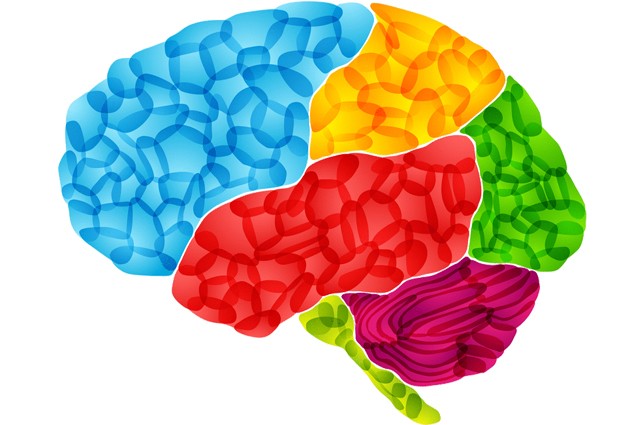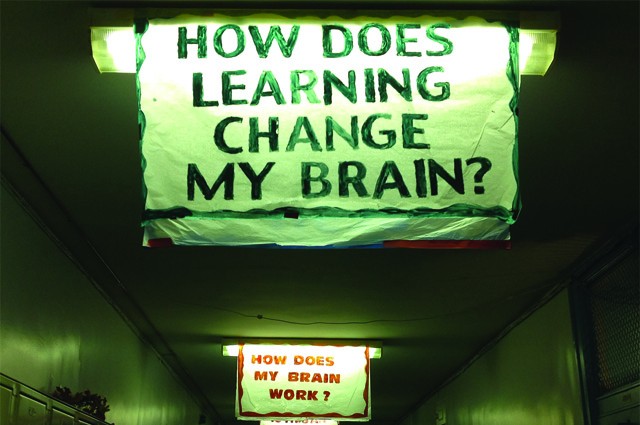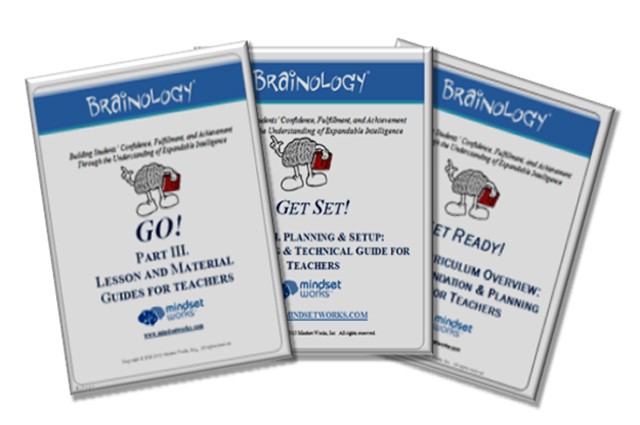I was first introduced to Carol Dweck’s work in 2008 when I served in a middle school in one of the suburbs of Portland, Oregon. Thanks to the Safe Schools/Healthy Students Grant, a small team of teachers, including myself were charged with implementing a new Tier II intervention in the middle and high schools. During one of the targeted trainings we were introduced to Carol Dweck’s work on student motivation. Her book Mindset was part of our training since we were expected to teach students how to cultivate a growth mindset within the respective intervention. At the time, the Brainology program was to be implemented as part of the intervention the following year. Due to maternity leave, I was not a part of Brainology’s implementation; however I knew I would have the opportunity to integrate Carol Dweck’s work in the future.
That opportunity came as an administrator intern within the formal action research process. Part of the administrator licensure program’s requirements is to conduct an educational leadership project. Social and emotional learning (SEL) is at the heart of my work as an educator and thus I wanted to use this leadership platform as an opportunity to advance my SEL efforts within our learning communities.
Specifically, the purpose of my action research project was to meet the social and emotional needs of at-risk 6th grade girls through explicit instruction in social and emotional learning (SEL) in an effort to improve their motivation, attitudes, and achievement. I chose to target sixth grade girls due to the unique and complex nature of their social and emotional development as they transition into middle school. Through the action research process I intended to answer the following research question. How does explicit instruction in social and emotional learning (SEL) improve sixth grade girls’ motivation, attitudes, and academic achievement? When it comes to overall student success, I believe it is imperative we make a conscious effort to address all aspects of a student’s development and do our best to meet the social and emotional needs of our students first in order to meet their cognitive and academic needs. I believe teaching students social and emotional skills and concepts through explicit instruction plays a powerful role in maximizing their educational outcomes and overall success in and out of the classroom.
My choice to formally study social and emotional learning (SEL)was directly influenced by my prior teaching experience, education and professional development, and whole child educational philosophy. I was first introduced to Maslow’s Hierarchy of Needs during my undergraduate work in psychology. The importance of understanding his theory was paramount to my work over the years, as I served a student population who demonstrated significant need in the area of social and emotional development. When I entered public school teaching, I began to see first hand that not meeting a student’s social and emotional needs had a negative effect on their overall success in and out of the classroom. It was then I began to focus my energy, efforts, and time on first meeting the social and emotional needs of students in order to provide them the skills and tools necessary to access their academic capacity and reach their full potential as thoughtful, productive, and contributing members of society.
To answer my research question I designed and facilitated a ten week SEL workshop for eight 6thgrade girls who demonstrated significant academic, social, and emotional needs. The workshop was designed to serve as an instructional model for a Tier II social and emotional intervention within the Response-to-Intervention (RtI) framework. The workshop was also part of a comprehensive school-wide SEL plan for the middle school. During the planning and preparation phase, I reviewed the online components of Brainology as well as the supplemental activities. I selected Brainology as my pilot program because it is an evidence-based, meaningful, student-centered, interactive online learning program grounded in decades of research on student motivation. The embedded professional development and comprehensive curriculum format provides tools and resources for effective and efficient implementation. In addition to the collected data from my pilot I knew all of these reasons would help support my recommendation for school-wide implementation. I also knew teaching students how to cultivate a growth mindset had the potential to improve their overall self-perception and self-esteem, impacting their lives forever. Needless to say, I was extremely excited to share Brainology with students and colleagues.
From the very first day of the workshop and thus the introduction to Brainology students were highly engaged. Brainology captured their curiosity, often soliciting Ah-ha moments, questions, and wonderings. The impact of the program was profound as one-hundred percent of the students identified as having a growth mindset after participating in the workshop compared with one-hundred percent of them either identifying as having a fixed mindset or undecided prior to workshop participation. In addition, collected data demonstrated significant improvement in attitudes toward themselves, school, and others according to both self and teacher reports. Increased academic achievement was also demonstrated by grades and standardized testing scores.
In conjunction with piloting Brainology with students, I shared Dweck’s book with colleagues and co-facilitated a staff book study using Mindset. The book study met once/month for four months to engage in professional dialogue with a focus on translating theory into practice. We focused on exploring ways to integrate the growth mindset within instruction and thus enhance student learning. One of the participating staff members also piloted Brainology with her students and experienced significant success. As a result of my pilot study and its positive results, the middle school is including Brainology as part of their sixth grade transition plan.
As we continue to discover meaningful ways to integrate social and emotional learning (SEL) in our classrooms and schools, Brainology serves as a powerful learning opportunity for students on their quest to becoming life-long learners. It is a student-centered opportunity for students to begin to understand how their brains work, how they learn, and how to cultivate a growth mindset, ultimately nurturing their overall social and emotional well-being and accessing their cognitive and academic potential.







